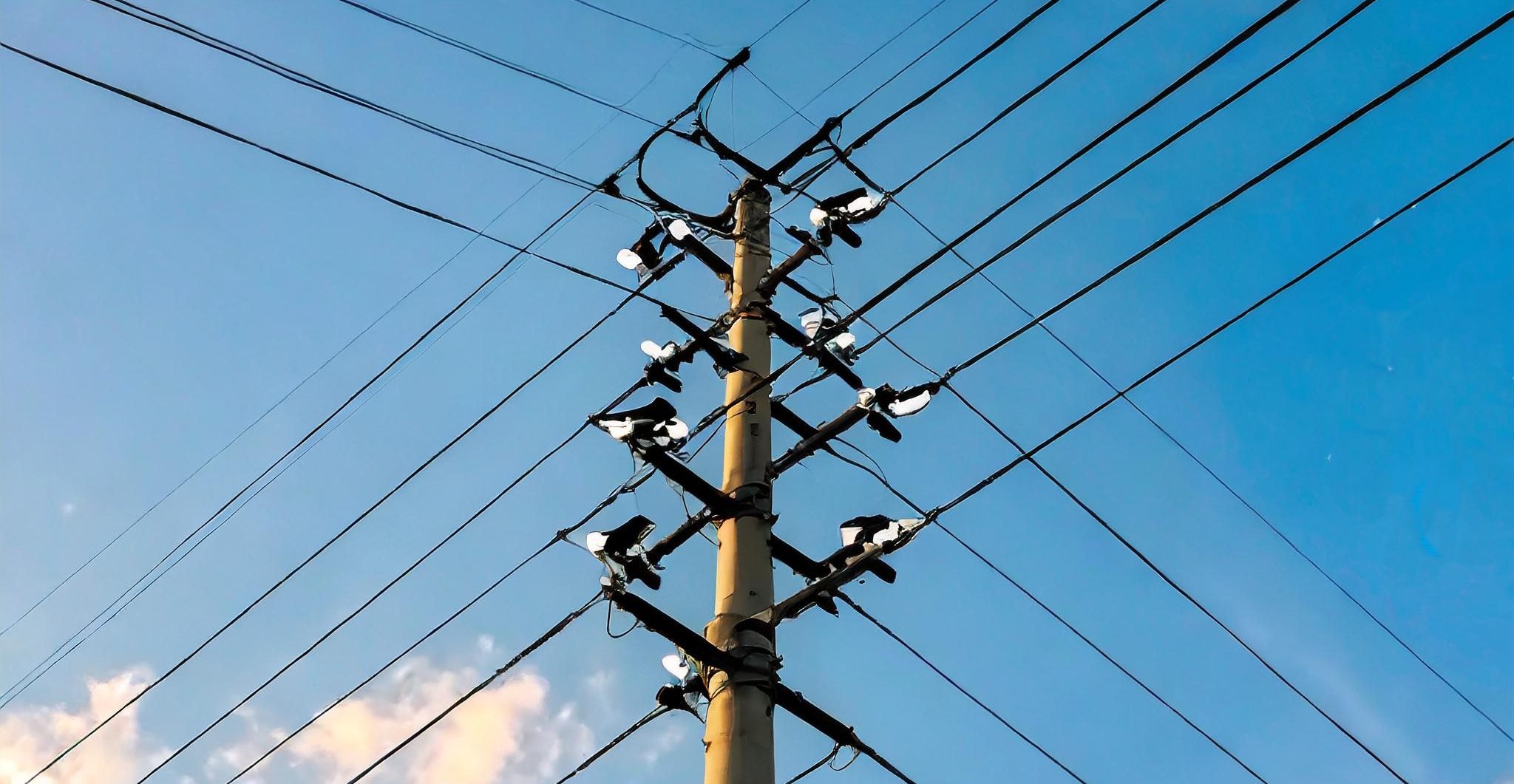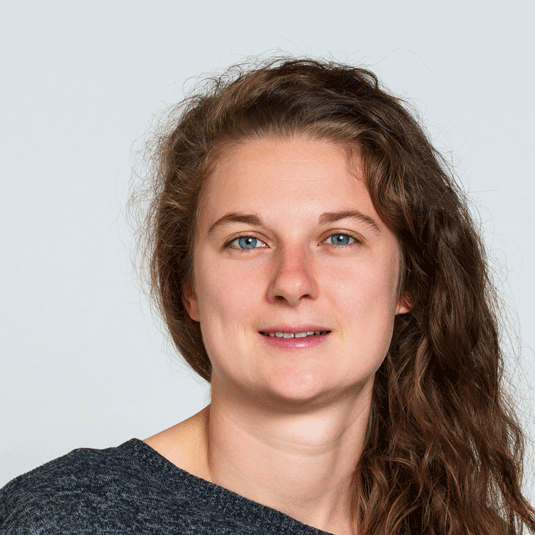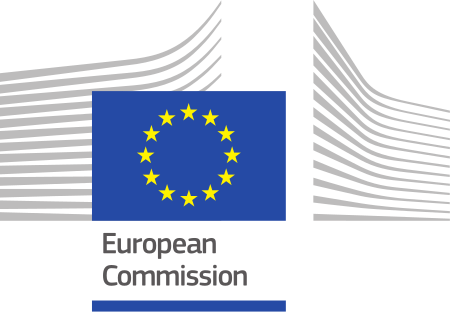- About us
- Research expertise
- DIGITAL – Institut für Digitale Technologien
- MATERIALS – Institut für Sensorik, Photonik und Fertigungstechnologien
- ROBOTICS – Institut für Robotik und Flexible Produktion
- COREMED – Zentrum für Regenerative Medizin und Präzisionsmedizin
- HEALTH – Institut für Biomedizinische Forschung und Technologien
- LIFE – Institut für Klima, Energiesysteme und Gesellschaft
- POLICIES – Institut für Wirtschafts-, Sozial und Innovationsforschung
- Business areas
- Products & services
- Research infrastructure
- Beteiligungen
- Career
- Aktuelles
- Publications
- Kontakt zu uns
STREAM: Streaming flexibility to the power systems
Duration:
10/2022
—
09/2026
Total Project Duration
4 Years


The project
How can electricity grids become more flexible?
The aim of STREAM is to create an innovative and robust environment for the flexibilisation of the electricity market, which improves the use of small flexibility sources and enables their connection to the existing wholesale electricity markets.
Our activities in the project
In this project, we are focussing on the design of innovative business models for flexibility services. One focus is on the integration of different sectors (energy, mobility) and the consideration of different (non)-monetary revenue streams. Furthermore, we will analyse the technical, ecological and social effects and support the most important results of the project in their commercial exploitation.
Research groups
Downloads
Customers
European Commission
Project partner
University of Ljubljana – Faculty of Electrical Engineering
ETRA Investigation y Desarrollo, S.A.
OMI POLO ESPAÑOL
Borzen
CyberGrid
ELES
Kolektor sETup
Elektro Primorska
Enercoop
VTT Technical Research Centre of Finland
Engineering Ingegneria Informatica
ASM TERNI
EMOTION SRL
VOIMATEL
OptiWatti
Avant car
Ideaz Agency
Details of the project
The success of the STREAM ecosystem relies on the benefit realized through the new business models developed in STREAM, built upon local LV flexibility markets and novel barter-like mechanism. STREAM will connect data, technologies, stakeholders and markets on the one hand, and will facilitate the flexibility provision through open data sharing to enable other citizen services designed through a user-centric approach to improve their acceptance and uptake. STREAM tools will enable the realization of the STREAM ecosystem. They will be adapted, deployed, calibrated, and demonstrated in the 4 STREAM pilots (Slovenia, Finland, Spain, Italy) that serve as a basis for benchmarking STREAM ideas. They cover the geographical, economic, size and type diversity of the consumers.
Empowering data
The aim is to increase and facilitate collection, integration, analysis and utilization of data, both legacy and where available, open data to enable innovative energy and non-energy data-driven services, by leveraging on, and evolving standardizable capabilities and technological tools to facilitate secure data sharing and exchange as the baseline building blocks of the STREAM Ecosystem framework.
Tailor-made services for end users
A service offering will be developed via the STREAM Ecosystem platform, which will allow the digitalization and addition of a wide array of technologies for offering flexibility services on local energy markets via a scalable and easy-to-implement user service framework. This service design will need to be carefully considered based on the specific consumer’s desired level of involvement and the platform would focus on increasing the ease of participation and tailoring the amount of data reaching the consumer.
Utilization of local flexibility
The main aim is to develop a local market design on the LV grid that will enable the cross-integration of key stakeholders and facilitate cost-effective rendering of flexibility services via aggregation from consumers to flexibility & market operators and finally DSOs and TSOs. The key component of this objective is the establishment of a standard Device Register, which will be used to integrate consumer flexibility capacity, enable flexibility capacity and flexibility utilization.
Inform decision-making of policy makers and regulators
The introduction of a robust flexibility market via sMART and the unlocking of new, untapped business models for flexibility services will equip network operators and NRAs with new information and valuable insight to inform their decision-making processes for any planned grid upgrade and regulatory/policy changes that impact the structure and operation of local, national and international power markets.
Project participants
Related projects
Miteinander zukunftsrelevant
Die JOANNEUM RESEARCH ist Innovations- und Technologieanbieter im Bereich der angewandten Forschung. Als Forschungsgesellschaft der Länder und Regionen prägen wir mit unseren Forschungskompetenzen die Entwicklung unserer modernen Gesellschaft und Wirtschaft nachhaltig und menschenzentriert. Als multidisziplinäres Team in flexiblen, innovationsfreundlichen Strukturen leben wir höchste gesellschaftliche und wissenschaftliche Ansprüche.


